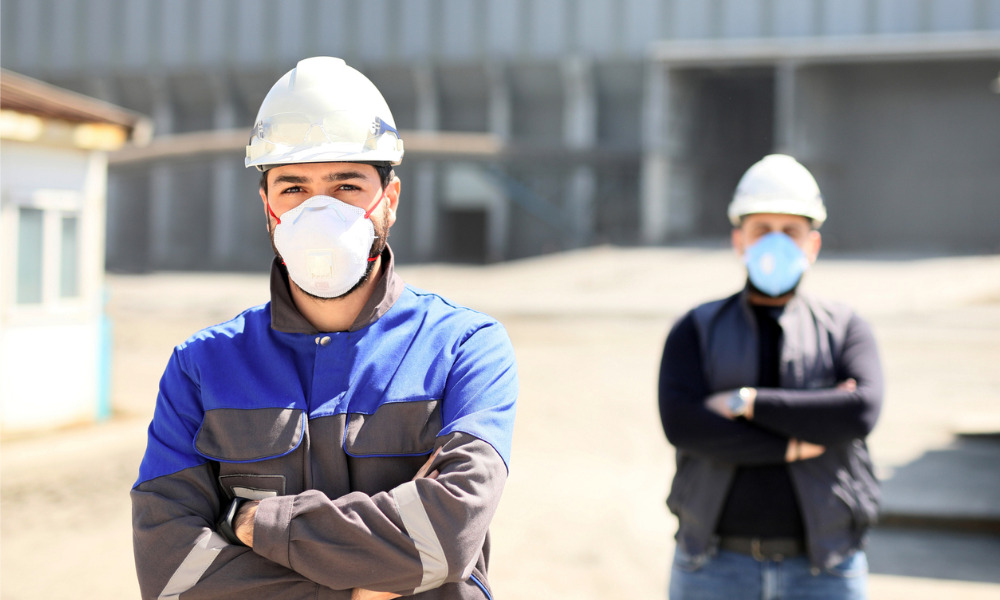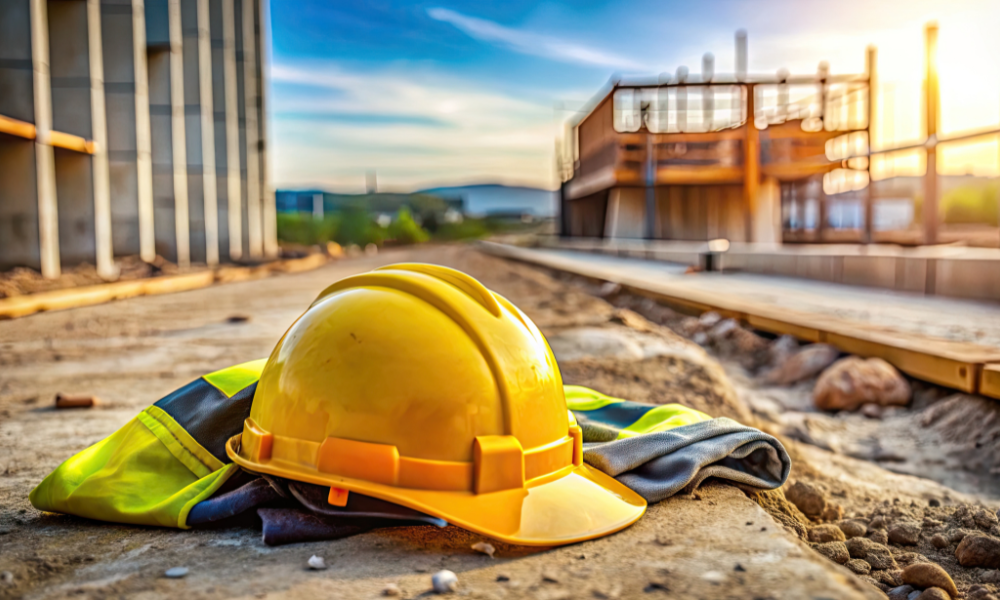'The importance placed by the Biden administration on increasing OSHA's authority and revitalizing its workforce should be closely monitored by all employers'

Not long after taking his seat as president of the United States, Joe Biden issued an executive order on Jan. 21 to ensure that the health and safety of workers is “a national priority” and “a moral imperative”.
“Healthcare workers and other essential workers, many of whom are people of colour and immigrants, have put their lives on the line during the coronavirus disease 2019 (COVID-19) pandemic,” read part of the order. “It is the policy of my Administration to protect the health and safety of workers from COVID-19.”
In the order, Biden noted that the U.S. federal government must take swift action to reduce the risk that workers may contract COVID-19 in the workplace, and that would require issuing science-based guidance.
He also tasked the secretary of labour, acting through the assistant secretary of labour for occupational safety and health, to issue revised guidance to employers on workplace safety during the COVID-19 pandemic, and issue emergency temporary standards on COVID-19.
The secretary must also review the enforcement efforts of the Occupational Safety and Health Administration (OSHA) related to COVID-19 and identify any short-, medium-, and long-term changes, and launch a national program to focus OSHA enforcement efforts related to COVID-19 on violations.
Finally, Biden ordered the secretary to hold a multilingual outreach campaign to inform workers and their representatives of their rights under applicable law. The campaign shall include engagement with labour unions, community organizations and industries, and place a special emphasis on communities hit hardest by the pandemic.
Previously, 71 per cent of Ontario registered practical nurses (RPN) indicated experiencing a breaking point related to their job over the past several months, according to a report from the Registered Practical Nurses Association of Ontario (WeRPN) released in January.
Biden also tasked the secretary to protect other categories of workers from COVID-19 by coordinating with “states that have occupational safety and health plans approved under section 18 of the Occupational Safety and Health Act (29 U.S.C. 667) to ensure that workers covered by such plans are adequately protected from COVID-19, consistent with any revised guidance or emergency temporary standards issued by OSHA.”
Meanwhile, states that do not have such plans must consult with state and local government entities and with public employee unions regarding the responsibility for public employee safety and health.
Also, Biden ordered the secretary of agriculture, the secretary of labour, the secretary of health and human services, the secretary of transportation, and the secretary of energy to, in consultation with the heads of any other appropriate agencies, explore mechanisms to protect workers not protected under the act so that they remain healthy and safe on the job during the COVID-19 pandemic.
Canadian provincial governments are not spending enough to support essential workers amid the COVID-19 pandemic, according to a report from the Canadian Centre for Policy Alternatives (CCPA) released in January.
Employers
Andrew D. La Fiura, a principal in the Philadelphia, Pennsylvania, office of Jackson Lewis, and Courtney Malveaux, a principal in the Richmond, Virginia, office of Jackson Lewis P.C, reminded employers, and manufacturers in particular, to take more responsibility in protecting their workers from COVID-19.
“The importance placed by the Biden administration on increasing OSHA’s authority and revitalizing its workforce should be closely monitored by all employers, especially manufacturers,” according to the two in an article published in The National Law Review.
“Accordingly, manufacturers should review and implement the interim guidance offered by the Centers for Disease Control and Prevention and OSHA. Manufacturers should consider modifying the alignment of workstations so that workers are at least six feet apart in all directions, installing physical barriers such as strip curtains or plexiglass to separate manufacturing workers from each other, and consulting with a ventilation engineer to ensure adequate ventilation in work areas. Manufacturers also should consider preparing employee training and education efforts and COVID-19 Prevention Plans as suggested in the OSHA guidance.”





